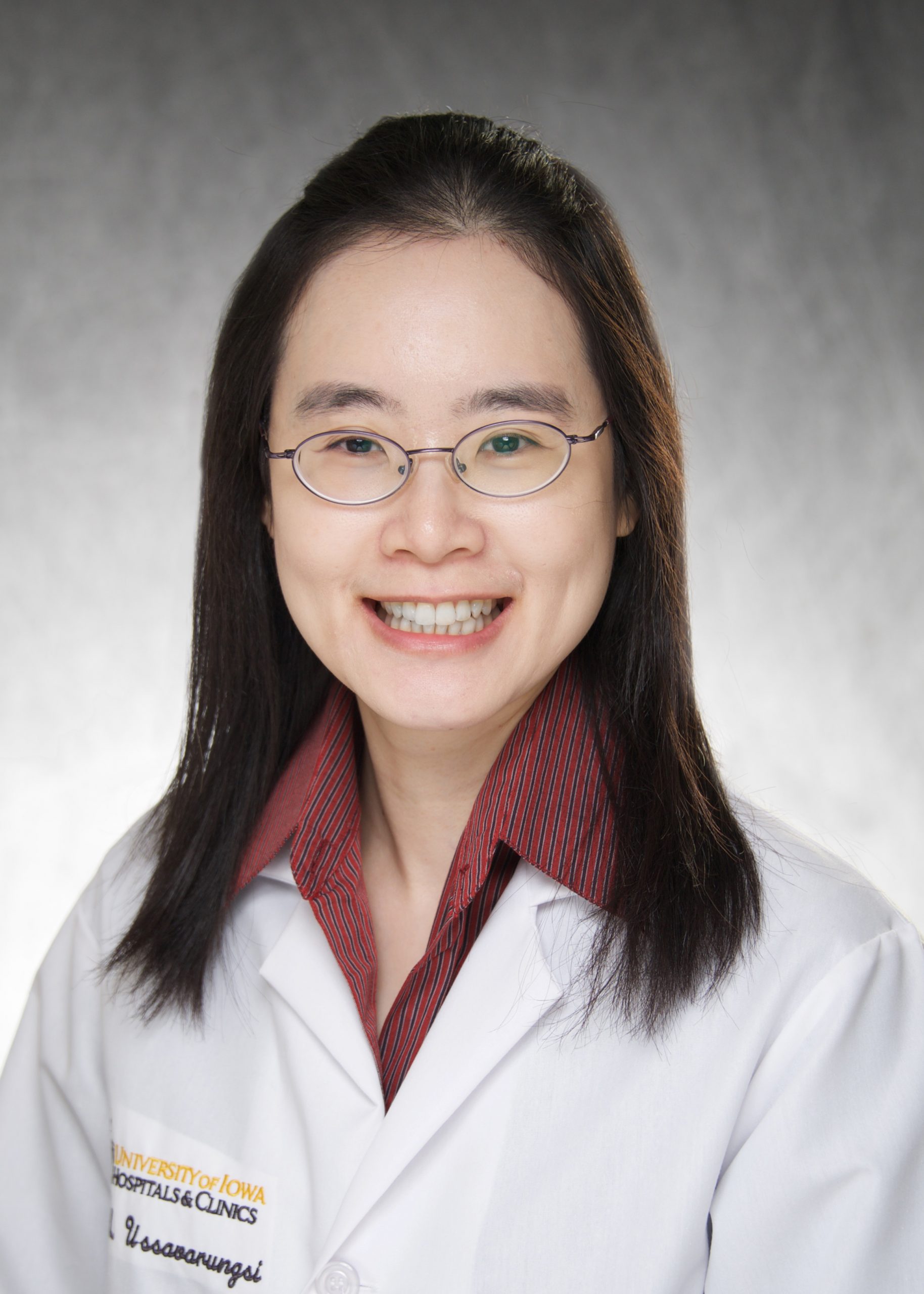I think a lot about the challenges facing academic medicine and the need to constantly replenish our ranks. As many institutions grapple with the declining number of physician scientists, the metaphor of maintaining a robust pipeline continues to be salient. How can we as an organization and a department address this challenge? I believe that the pipeline begins very early in the training of future physicians. As I have written before with regards to undergraduates that our faculty mentor, it is never too early to start! We also have an imperative to begin to nurture within our medical students a passion for academic internal medicine and sustain that interest all along their career path.
I know that our faculty are deeply committed to our academic mission and, as such, it is timely for me to remind us of our fundamental responsibility to prepare the next generation of physicians. Therefore I am using this platform to motivate more of us to volunteer to fulfill our department’s requirements in small group teaching for first- and second-year medical students in the Carver College of Medicine. We are within striking distance of fulfilling 100 percent of our obligation. Just about 200 hours are left to assign for this academic year and I will be reaching out to some of you to invite your participation. Only slightly more than 100 of our members—faculty and fellows—have helped us meet the other 2,100-plus allotted hours. Some take 3 or 4 or 9 hours, while others take on as many as 77 hours. Below you can see a chart of our top 16 volunteers providing 36 hours or more of medical student volunteer teaching for this year. This chart is here for two reasons. First, to publicly acknowledge their efforts so that you might congratulate and thank them. Second, to inspire others who may carry similarly weighty research portfolios or clinic schedules to realize that it is possible to fold this work into your other responsibilities, and in so doing, mentor potential new members of our specialty.

Our outgoing Vice Chair for Education, Dr. Joe Szot, asked me to remind you that planning for the 2020–21 academic year will begin in January, with the sign-up window for slots opening in early February. Pick the class you want to teach now and be ready to register your commitment right away. Dr. Szot also informs me that they are considering how to facilitate a tag-team approach, where you and a colleague can divide the hours of a particular class. More news around all of this will come soon.
Further along the pipeline, our Residency Program is doing an outstanding job of providing the world-class education that gives us another opportunity to recruit future internists from among our medical students while maintaining our nationally ranked program. As next year’s class makes its way through our doors for interviews and as we try to align their interests with potential interviewers, our program leadership also makes clear to them that opportunities exist for interns to step into leadership roles and take a hand in their training on Day One. A number of different committees, comprising interns, residents, Chief Residents, and faculty, ensure grassroots oversight and vitality in our training program. The Resident Liaison committee is tasked with maintaining a keen awareness of resident concerns and to search for opportunities to correct underlying systemic issues. The Program Evaluation committee monitors the residency program’s curricula and ensures the program’s practices match its objectives. The Wellness and Humanities committee may perhaps be the most visible and critical, promoting resident health in a variety of ways and organizing team-building activities. The Clinical Competency committee provides an oversight role of an essential component of the program. It is not hard to see how the engagement of our house staff in making their own program better engenders the investment and loyalty in internal medicine that in recent years has manifested in an increasing number of our trainees choosing to remain at Iowa for fellowship training.
Those fellowship programs are strongly committed to preparing our fellows for faculty careers, if that is their goal. One of the strengths of our fellowship programs is the diversity of support available through nine different NIH T32 grants, six of which are housed within Internal Medicine, and three others where our faculty are principal investigators. Those nine programs fund a whopping 70 research positions, of which 46 are available to support postdoctoral fellows, including subspecialty clinical trainees. Hundreds of our faculty members serve as mentors in these training programs. Although the federal funding source proscribes a narrower set of eligibility criteria, we believe these slots can serve as effective recruitment tools and will help us advance our goals of training the next generation of physician scientists. I am grateful for the opportunity and experience I gained when I was the recipient of T32 support during my fellowship training in the last century, which at the time, supported my nascent research career.
One of our department’s T32 grants, the Diabetes Research Training Program, draws not only from the Division of Endocrinology and Metabolism, but can support trainees from other subspecialties who are conducting research that relates to diabetes, obesity, and metabolism. This week, I have asked our newest Division Director, Dr. Ayotunde Dokun, to provide an update on their work. I am grateful not only to Dr. Dokun for his assessment of the division’s activity, but to all the division directors and their administrative staff who produced these updates throughout 2019.

